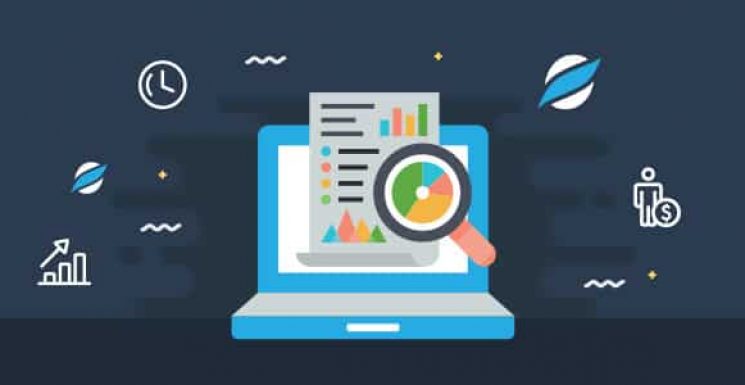Looking back at Part 3 of The Guide to Getting More Out of Pronto, I might have spent too much time discussing advertising. Personally, I’m not a big fan of AdWords, but I like the ideas behind retargeting and I love Facebook’s simplicity.
In general, you don’t need a huge ad budget to have a successful Internet presence, and ideally, your ads should simply supplement the traffic you get naturally via inbound sources.
Inbound marketing is essentially about creating the largest possible Internet footprint for your company and using a large variety of “free” sources for building leads.
We already discussed two potential inbound sources in Part 1 and Part 2, but other sources might include email marketing, email newsletters, blog content, social media, webinars, white papers or anything that creates a reason for people to visit your website.
In a perfect world, sources like these should cover 95% of your traffic, with the remaining 5% covered by ads that encourage people through the sales funnel — from brand awareness (Facebook) to continued interest (retargeting) to the purchase decision (AdWords). When it boils down to it, inbound marketing is really about running an active business online. It’s about doing the things that successful businesses do without even thinking about it: writing and sharing great content, being active on social networks and in local or niche communities, and most of all, creating a product or service that people love to talk about. None of these are easy tasks, and it’s almost impossible to find time to do them while running your business. But all I ask is that you keep the ideas of inbound marketing in the back of your mind at all times. Next time someone gets promoted, think about how you might turn that into social media engagement. When you next save your client from disaster, think about how you might turn that into a case study. These opportunities are everywhere — you just need to train yourself to be aware of them.
Is There A Correlation Between Inbound Links And Social Shares?
Email marketing 101: Successful newsletter campaigns
Quick tip guide to proper content curation
In a perfect world, sources like these should cover 95% of your traffic, with the remaining 5% covered by ads that encourage people through the sales funnel — from brand awareness (Facebook) to continued interest (retargeting) to the purchase decision (AdWords). When it boils down to it, inbound marketing is really about running an active business online. It’s about doing the things that successful businesses do without even thinking about it: writing and sharing great content, being active on social networks and in local or niche communities, and most of all, creating a product or service that people love to talk about. None of these are easy tasks, and it’s almost impossible to find time to do them while running your business. But all I ask is that you keep the ideas of inbound marketing in the back of your mind at all times. Next time someone gets promoted, think about how you might turn that into social media engagement. When you next save your client from disaster, think about how you might turn that into a case study. These opportunities are everywhere — you just need to train yourself to be aware of them.
Wrap Up
Internet marketing is a massive world full of amazing ideas and lots and lots of not-so-amazing ideas. It can seem terribly overwhelming at times. Hopefully, the topics we’ve covered in this series (see Part 1, Part 2 and Part 3) give you some ideas on where to start. Again, our expertise is not in marketing strategy but rather the tools and Web properties needed to make your strategies successful. I’m definitely not a marketing expert. I just spend a lot of time reading, learning, and thinking about Internet marketing. Although each of the items mentioned has at one point or another been helpful to one of our clients, the majority of them (specifically, link building and ad management) do not fall within our services. Also, not all of the techniques I listed will work for every business, so take each with a grain of salt and think about how it might fit in with your current marketing tactics.One last Pro-tip: SIGN UP FOR THE LOCAL LISTING BOOSTER SERVICE! 😛If you missed Parts 1-3, don’t for get to go back and check them out: Tim Kelsey SEO & Social Media Manager


